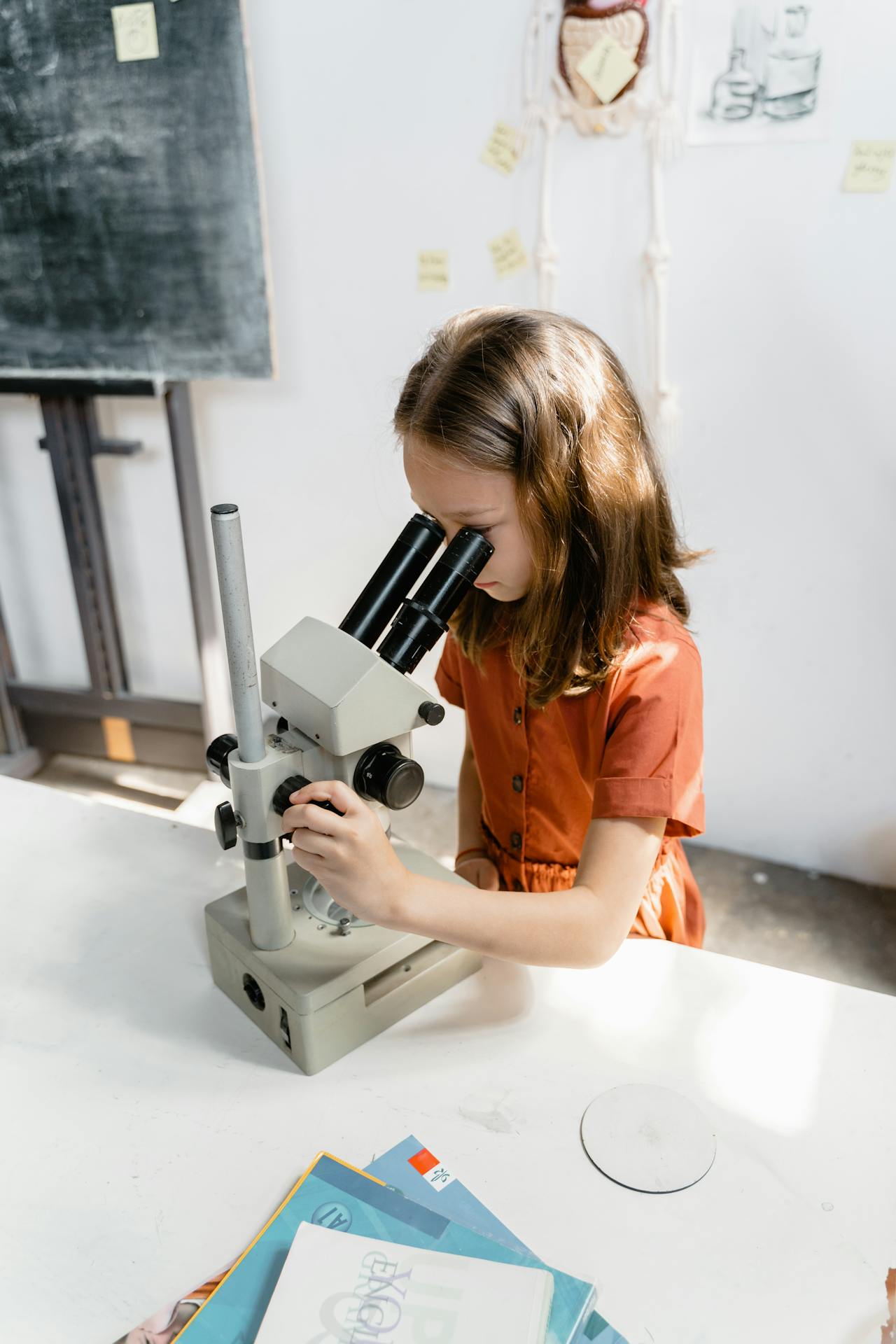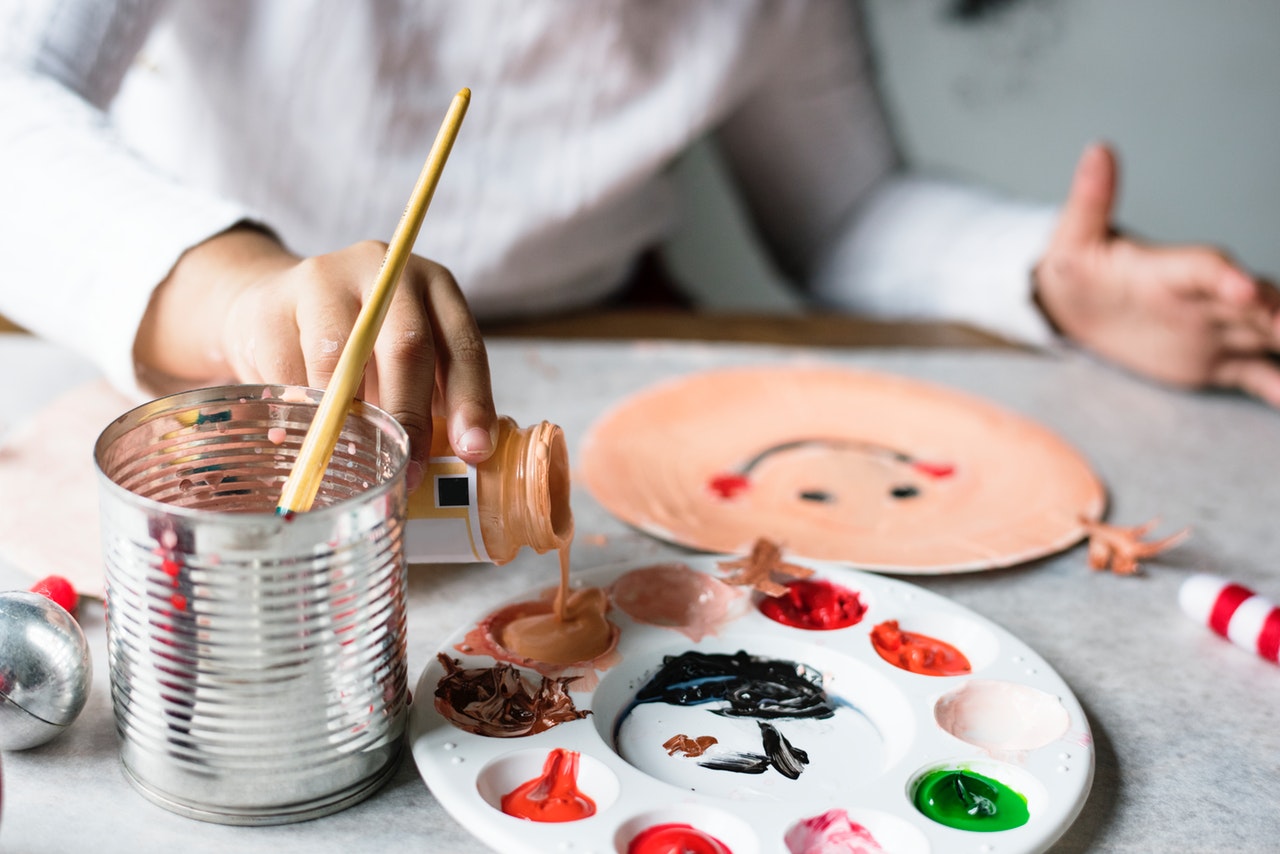
Physics doesn’t have to be the subject that makes your child’s eyes glaze over during homework time. Many parents worry their kids will find this fascinating science boring or too difficult to understand. Here’s the thing though – science is often framed as the opposite of creative: a meticulous, data-driven activity that’s logical, rational, and detail-oriented, which leaves many students feeling disengaged and unable to connect with science, or get excited about it as a field of future study.
The truth is, physics surrounds us everywhere, from the bounce of a basketball to the way light creates rainbows. With the right approach, you can transform this subject from intimidating equations into exciting discoveries that spark your child’s natural curiosity.
Building Strong Foundations Through Play
The secret to how to make physics interesting lies in connecting abstract concepts to tangible experiences your child can touch, see, and manipulate. Young minds learn best when they’re actively involved rather than passively listening.
Your kitchen becomes a physics laboratory when you think creatively. Drop different objects from the same height and watch your child’s amazement as they discover gravity affects everything equally. A feather and a coin might seem like they’d fall differently, but in a vacuum, they’d hit the ground simultaneously.
For families seeking additional support, an online physics tutor can provide personalized guidance that builds on these home discoveries. These certified educators understand how to bridge the gap between simple experiments and more complex concepts, making the learning journey smoother for both parents and children.
Rolling balls across different surfaces teaches friction without your child even realizing they’re learning physics. Carpet, hardwood, and grass all create different resistance levels. Ask questions like “Why does the ball stop?” and let them form hypotheses.
Hands-On Experiments That Wow
Engaging physics activities for kids doesn’t require expensive equipment or dangerous chemicals. The most memorable lessons often come from simple materials you already have at home.
Water and Buoyancy Adventures
Fill a large container with water and gather various household items. Watch your child’s face light up as they predict which objects will float or sink. Dense items like rocks go down, while less dense objects like plastic containers stay up.
This experiment introduces density concepts naturally. Ball up aluminum foil loosely, then tightly, and observe the different results. The loose ball floats while the compact one sinks, demonstrating how shape affects buoyancy.
Light and Shadow Play
Shine a flashlight in a dark room and create shadow puppets with your hands. This simple activity introduces light’s travel patterns and how objects block photons. Move the light source closer and farther away to show how shadows change size.
Creative Physics Games and Activities
Physics games for children transform abstract concepts into playful competitions that keep kids engaged while they learn fundamental principles.
Balance and Leverage Challenges
Create a simple lever using a ruler and a pencil as a fulcrum. Place different weights on each side and let your child experiment with balance points. This hands-on approach teaches mechanical advantage in a way that textbooks simply can’t match.
Stack books to create ramps of different heights. Roll marbles down and measure how far they travel. Your child will discover potential energy converts to kinetic energy without needing to memorize definitions.
Magnetic Treasure Hunts
Hide magnetic objects around your house and give your child a magnet to find them. This game naturally introduces magnetic fields and attraction forces. Sort items into magnetic and non-magnetic categories afterward.
Making Abstract Concepts Concrete
Fun physics experiments for kids work best when they can see immediate cause-and-effect relationships. This approach builds confidence and understanding simultaneously.
Sound Wave Discoveries
Stretch plastic wrap over a bowl and sprinkle rice grains on top. Hold a pot near the bowl and bang it with a spoon. The rice will jump and dance, showing how sound travels through vibrations.
Different sized containers create different pitches when you tap them. Line up glasses with varying water levels and create a musical scale. Your child experiences frequency changes through sound.
Static Electricity Magic
Rub a balloon on your hair and watch it attract small paper pieces. This simple trick demonstrates electrical charge and attraction. On dry days, shuffle across carpet in socks and touch a doorknob to show static discharge.
Connecting Physics to Real Life
Teaching physics to kids becomes more effective when they understand how these principles affect their daily experiences. This connection makes learning personally relevant and memorable.
Sports and Physics
Bouncing basketballs teaches energy transfer and conservation. Explain how the ball’s potential energy at the top converts to kinetic energy as it falls. Different surfaces create different bounce heights due to energy absorption.
Playground swings demonstrate pendulum motion and conservation of energy. Push higher to show how gravitational potential energy increases with height.
Weather and Physics
Rainbows appear when sunlight passes through water droplets, separating white light into its component colors. This phenomenon demonstrates light refraction and dispersion in ways kids can observe naturally.
Wind moves objects by applying force, and stronger winds create greater effects. Connect this to Newton’s laws of motion through observable examples.
Creating Learning Momentum
The key to sustained interest lies in building success upon success. Each positive experience creates enthusiasm for the next discovery.
Document the Journey
Keep a simple journal of experiments and observations. Drawing pictures of setups and results helps reinforce concepts while creating personal connections to learning.
Take photos of particularly successful experiments. These visual memories become reference points for future learning and sources of pride in scientific achievement.
Celebrate Discoveries
Acknowledge your child’s insights and questions enthusiastically. When they notice something unexpected or make connections between different concepts, their confidence grows.
Share their discoveries with family members or friends. This social validation reinforces the value of scientific thinking and observation.
Wrapping Up Your Physics Journey
Physics doesn’t have to be intimidating for children when presented through exploration and discovery. The subject becomes accessible when kids can touch, manipulate, and experiment with the concepts they’re learning.
Remember that every question your child asks represents curiosity worth nurturing. Their natural wonder about how things work provides the perfect foundation for physics understanding. Perhaps the most beautiful thing about physics is that it’s everywhere around us, waiting to be discovered through fresh eyes and curious minds.
Common Questions About Physics Learning
1. How to teach physics in a fun way?
Use storytelling to explain concepts, perform simple experiments with household items, relate physics to everyday experiences, encourage questions, and incorporate interactive visuals and games.
2. How to make studying physics fun?
Create scenarios with physics concepts, visit science museums, explore nature while discussing physical phenomena, use hands-on activities, and connect learning to your child’s interests.
3. What age should children start learning physics?
Children can begin exploring basic physics concepts as early as preschool through simple observations and experiments, building complexity as they develop cognitive abilities.

